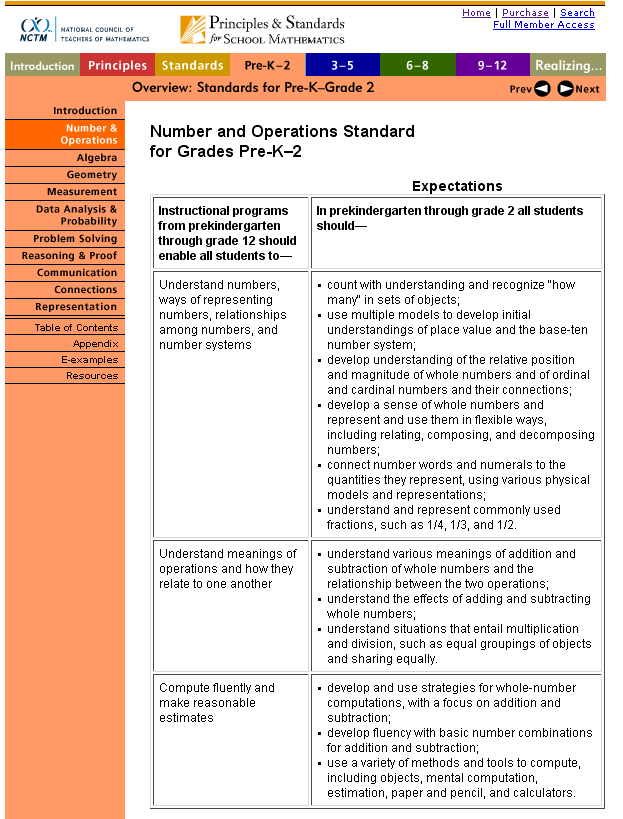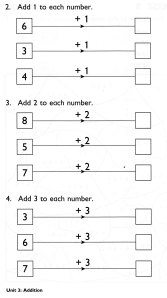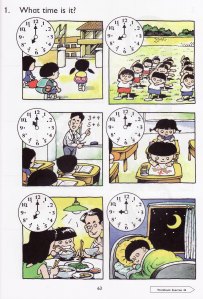Earlier this month, I posted the following problem from a Nanyang Primary School 2007 Preliminary Examination I found at MissKoh.com:
A mixture, weighing 100 kg is made up of 2 chemicals A and B in the ratio of 7:3. When some volume of Chemical A evaporates, the content of Chemical A is reduced to 60% of the new mixture. What is the mass of the mixture now?
I thought I’d share how my son worked the problem:
He knew that if he multiplied 40% x 2.5, he’d get 100% so:
2.5 x 30 kg = 2.5 x 40%
75kg = 100%
I used a different drawing for “after” :
How did you solve the problem?































